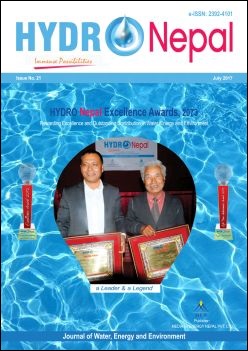Riverfront Restoration Plan Using Cipar Index: A Case Study of Gomti River, India
DOI:
https://doi.org/10.3126/hn.v21i0.17818Keywords:
Restoration, Public accessibility, Sustainability, Riverfront, IndiaAbstract
Restoration of a polluted river front is as important as conservation of a polluted river itself because its shore line has the potential of making the conservation project self-sustainable. In the present study, an attempt has been made to study the polluted river front of a river in India. A self-sustainable restoration and development experimental plan has been prepared for the area considered in the study. This experimental plan aims at utilizing arable land strips on both sides of the river, currently deserted or encroached by rank vegetation, open wastewater drains, etc. The cost estimates have also been presented for various items and actions proposed under this study to prove its economical sustainability in the long run. The proposed plan and the existing conditions have been compared using CIPAR index to ensure increased public accessibility. It has been found that the present unsatisfactory conditions of the riverfront considered in this study can be raised to more than 90 % satisfaction by implementation of the proposed plan in a period of 3 to 4 years.
HYDRO Nepal Journal
Journal of Water Energy and Environment
Issue: 21, July, 2017
Page: 25-33
Upload Date: July 18, 2017
Downloads
Downloads
Published
How to Cite
Issue
Section
License
The copyright of the articles and papers published is held by HYDRO Nepal Journal.
The views and interpretation in this journal are those of author(s), and HYDRO Nepal does not bear any responsibility for the views expressed by authors in the journal.




